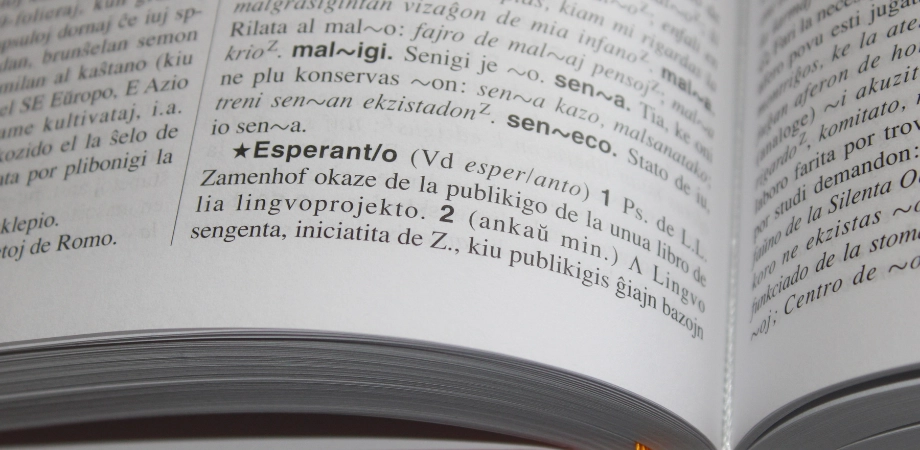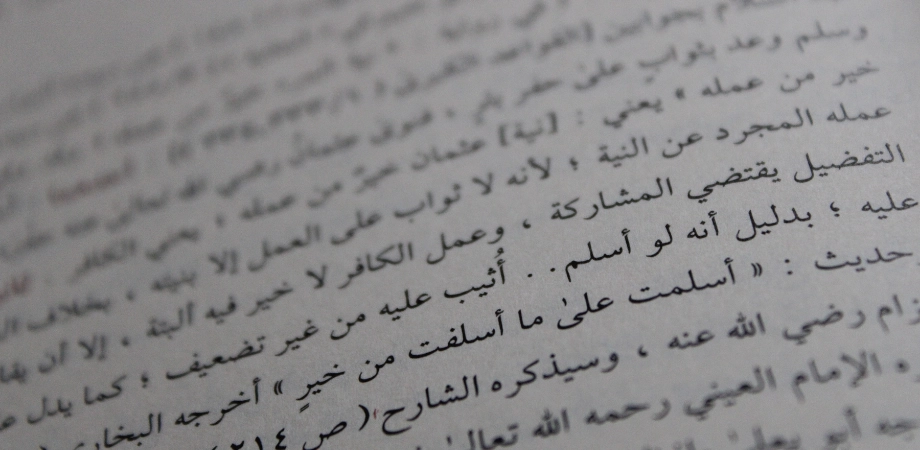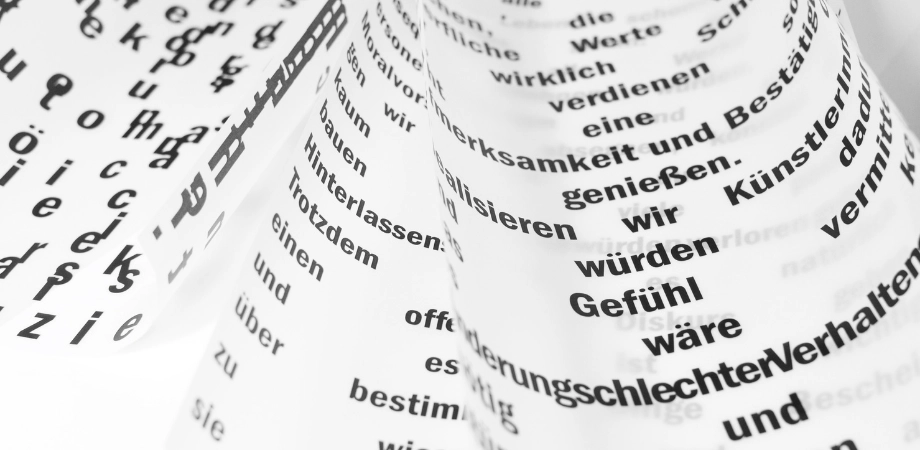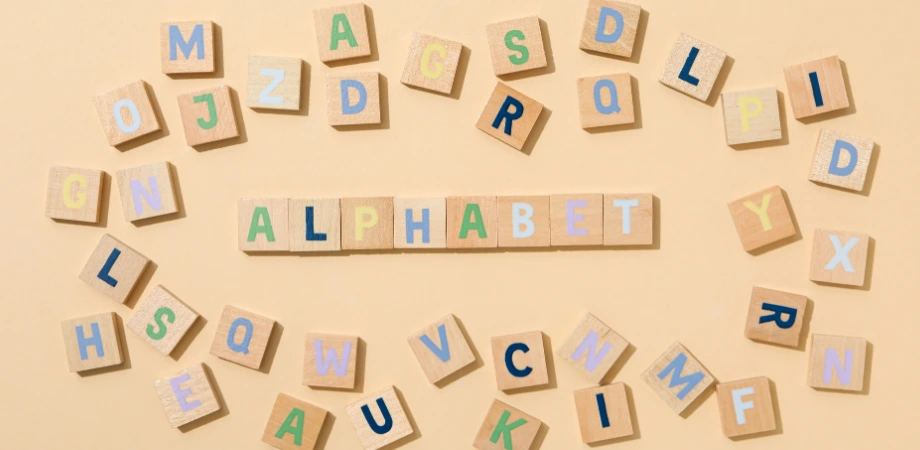Linguistic diversity is a fascinating aspect of our world, revealed through the richness and variety of lexicons found across different languages and cultures. Within this tapestry of words, some languages stand out for their extensive vocabularies, capturing the depth and complexity of human expression. In this article, we delve into the concept of rich lexicons and explore the languages with the most words. From English to Mandarin Chinese to Arabic, these languages exemplify the power of language in conveying ideas, emotions, and unique cultural perspectives. Additionally, the demand for transcreation services highlights the need to adapt content creatively across these diverse languages, ensuring that the original message resonates with different cultural audiences.
Exploring the Concept of a Rich Lexicon
The concept of a rich lexicon encompasses the vastness and diversity of vocabulary within a language. It refers to the extensive collection of words and expressions that a language possesses. A rich lexicon reflects the linguistic wealth and complexity of a language, showcasing its ability to convey various nuances of meaning. This is particularly evident in languages with the most words, which demonstrate a remarkable capacity for expression and detail.
Defining Lexical Richness

Lexical richness is a measure of the size and depth of a language’s vocabulary. It encompasses not only the number of words but also the breadth of word meanings, the presence of synonyms and related terms, and the ability to express concepts with precision. A language with a rich lexicon is capable of capturing a wide range of experiences, emotions, and ideas through an extensive vocabulary. This is especially true for languages with the most words, which can convey intricate details and diverse nuances effectively.
Components of a Broad Vocabulary
A broad vocabulary comprises several components that contribute to a language’s lexical richness. First and foremost is the sheer quantity of words, which encompasses both common and specialized terms. Additionally, the inclusion of loanwords and borrowings from other languages expands a lexicon by incorporating new linguistic elements, particularly in languages with the most words.
Moreover, the presence of synonyms, antonyms, and idiomatic expressions enhances a language’s ability to convey nuanced meanings. The existence of numerous homonyms and homophones further enriches language, allowing for creative wordplay and multiple interpretations. These features are especially prominent in languages with the most words, which possess an extensive range of vocabulary to express diverse and complex ideas.
Language Evolution and Word Formation
Language evolution plays a significant role in the development of a rich lexicon. Over time, languages undergo changes and adapt to societal, cultural, and technological shifts. This evolution often leads to the creation of new words and phrases to describe novel concepts or reflect changing social dynamics, especially in languages with the most words.
Word formation is essential to the expansion of a lexicon. Languages employ various mechanisms, such as affixation, compounding, and derivation, to create new words from existing elements. These processes contribute to the ongoing growth and enrichment of a language’s vocabulary, particularly in languages with the most words.
The Impact of Culture on Language Development

Culture significantly shapes language development and vocabulary acquisition, influencing the lexicon and diversity of words used by its speakers. Language reflects cultural elements such as customs, traditions, and societal norms, embedding these expressions within its vocabulary. For example, agricultural societies have a rich vocabulary related to farming, while coastal communities have numerous terms for fishing and maritime activities. Children acquire language through cultural interactions, enhancing their understanding of their language and culture. Different cultures assign distinct meanings to words, adding to the diversity of vocabulary. Understanding this impact helps us appreciate the relationship between language and society, especially in languages with the most words.
Analyzing the Linguistic Diversity of the World
Linguistic diversity is a fascinating aspect of human culture, with thousands of languages spoken around the world. Language families, such as the Indo-European and Sino-Tibetan families, play a crucial role in this diversity. The Indo-European family includes languages like English, Spanish, and Hindi, each contributing to the vast array of languages with the most words. This family is one of the largest, with numerous branches and sub-branches, each featuring unique characteristics and vocabulary. Similarly, the Sino-Tibetan family, which includes Mandarin Chinese, known for its rich lexicon and character-based writing system, also adds to the global linguistic tapestry. Languages like Tibetan and Burmese further enrich this family’s contribution to linguistic diversity.
In addition to these major families, there are many others, each with its own distinct languages and dialects. The Afro-Asiatic family, including languages like Arabic, Amharic, and Hebrew, showcases unique lexical diversity and cultural significance. Analyzing these language families and their contributions to the array of languages with the most words provides valuable insights into human communication’s richness. It highlights the interconnectedness of cultures and underscores the importance of preserving linguistic heritage. By exploring and recognizing these contributions, we can appreciate the variety of languages and their impact on global communication and understanding.
Languages With the Most Words

When it comes to languages with the most words, there are a few that stand out for their impressive vocabulary size. English, Mandarin Chinese, and Arabic are among the languages known for their abundant words and diverse linguistic features.
English: A Linguistic Melting Pot
As a result of its complex history and cultural influences, English has become a linguistic melting pot. The language boasts an extensive vocabulary, drawing from various sources such as Latin, French, and Germanic languages. English has assimilated words from different cultures over time, contributing to its vast lexical richness, making it one of the languages with the most words.
English is constantly evolving, with new words entering the language regularly. This is evident in the field of technology, where terms like “internet,” “smartphone,” and “app” have become commonplace. The adaptability and openness of English have allowed it to embrace and incorporate words from different fields and cultures, further expanding its lexicon.
Mandarin Chinese: Rich In Characters

Mandarin Chinese is renowned for its unique writing system, which relies on characters rather than an alphabet. This characteristic makes Mandarin Chinese stand out in terms of lexical richness. The Chinese characters, known as hanzi, represent words or concepts, allowing for a significantly larger vocabulary compared to alphabetic languages, making it one of the languages with the most words.
With over 50,000 commonly used characters and several hundred thousand in total, Mandarin Chinese offers immense possibilities for word formation and expression. The complexity and depth of the written language contribute to the extensive lexicon, making Mandarin Chinese a language with an abundance of words.
Arabic: The Language of Multifarious Derivatives

Arabic is known for its intricate and extensive system of word derivations, which adds to its lexicon’s richness. The Arabic language has a unique feature called “root-and-pattern morphology,” where words are formed by combining roots and applying different patterns of prefixes, suffixes, and internal modifications, making it one of the languages with the most words.
This system allows the creation of numerous derivatives using a single root, resulting in a wide range of words from a limited set of basic units. Arabic also boasts a vast vocabulary enriched by its contributions to fields such as mathematics, science, and philosophy throughout history.
The Role of Literature and Texts in Expanding Vocabulary
One of the most effective ways to expand one’s vocabulary is through reading literature and texts, which provide a rich source of new words, expressions, and ideas. By encountering diverse vocabulary from different time periods, cultures, and genres, readers, especially in languages with the most words, can greatly enhance their language development. This exposure helps them understand language more deeply and refine their vocabulary skills. Literature stimulates intellectual curiosity, offering insights into different perspectives and cultures. Regular reading benefits both language learners and native speakers by continually introducing new words and refining established vocabulary, making literature essential for vocabulary expansion.
Technological Contributions to Lexical Expansion

The rapid advancement of technology has had a significant impact on language and the expansion of its lexicon. Digital communication, in particular, has played a crucial role in shaping and enriching language through various mediums and platforms.
Digital Communication Influencing Language
Digital communication has revolutionized the way we interact and communicate, leading to the emergence of new linguistic phenomena. Abbreviations, acronyms, and slang are commonly used in text messages, emails, and social media posts, resulting in a more concise and efficient form of communication. This shift in communication style has contributed to the development of new words and expressions, expanding the lexicon of modern languages, particularly in languages with the most words.
The Internet: Breeding Ground for Neologisms
The internet has provided a vast platform for the creation and dissemination of new words and phrases. Online communities, social media platforms, and forums have become breeding grounds for neologisms, where individuals can collaboratively create and adopt new vocabulary.
Comparing Lexical Sizes Across Different Language Families

When analyzing languages and their lexicons, the variation in vocabulary size across different language families is fascinating. Vocabulary size can differ significantly between languages from different families and even within the same family. For example, within the Indo-European family, English has a larger vocabulary than Russian due to historical events, cultural influences, and borrowing from other languages.
Comparing different language families also reveals significant variations. The Sino-Tibetan family, which includes Mandarin Chinese, is known for its vast character system and extensive lexicon, making it one of the languages with the most words. In contrast, the Semitic family, including Arabic, has a rich range of derivatives from the same root, adding to its extensive vocabulary.
These variations in lexical sizes can be attributed to historical developments, cultural interactions, geographical influences, and linguistic evolution. Studying and comparing lexical sizes across language families provides valuable insights into the diversity and complexity of human language, highlighting the richness of vocabulary in various languages with the most words.
Methodologies in Counting Words: Challenges and Controversies
Quantifying the size of a language’s lexicon is challenging due to varying methodologies and debates. Corpus analysis, which examines large collections of texts, often misses rare or archaic words crucial for a complete vocabulary understanding. Dictionaries provide valuable insights but can be subjective, influenced by the lexicographer’s biases and selection criteria. Additionally, assessing vocabulary size is complex in languages with rich morphological systems, where one root word can generate many derivatives. Cultural and regional variations, including dialects and loanwords, further complicate word counts. These challenges are especially relevant when evaluating languages with the most words.



